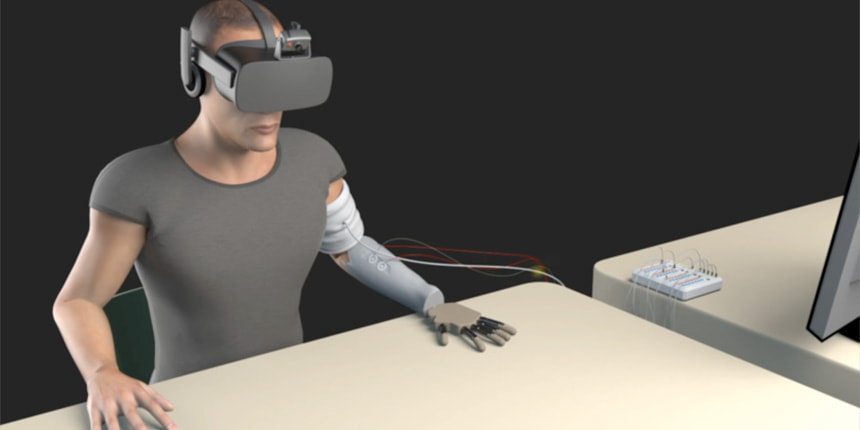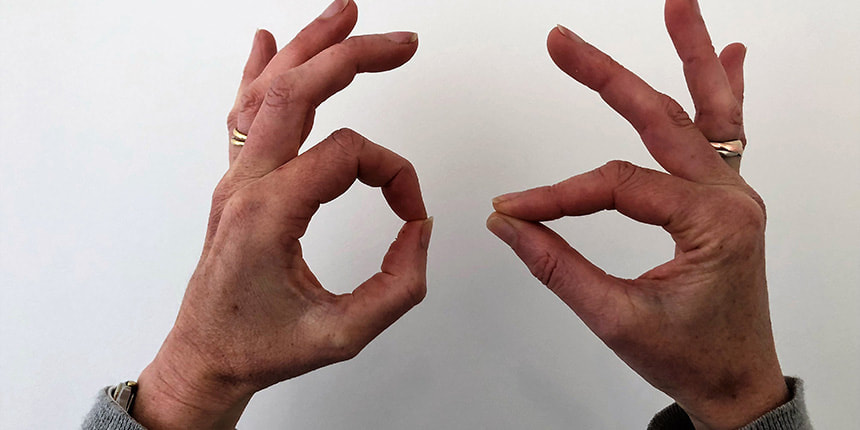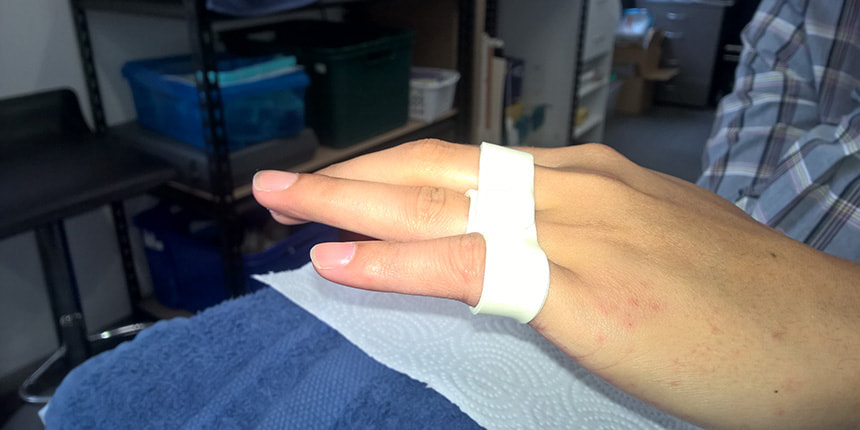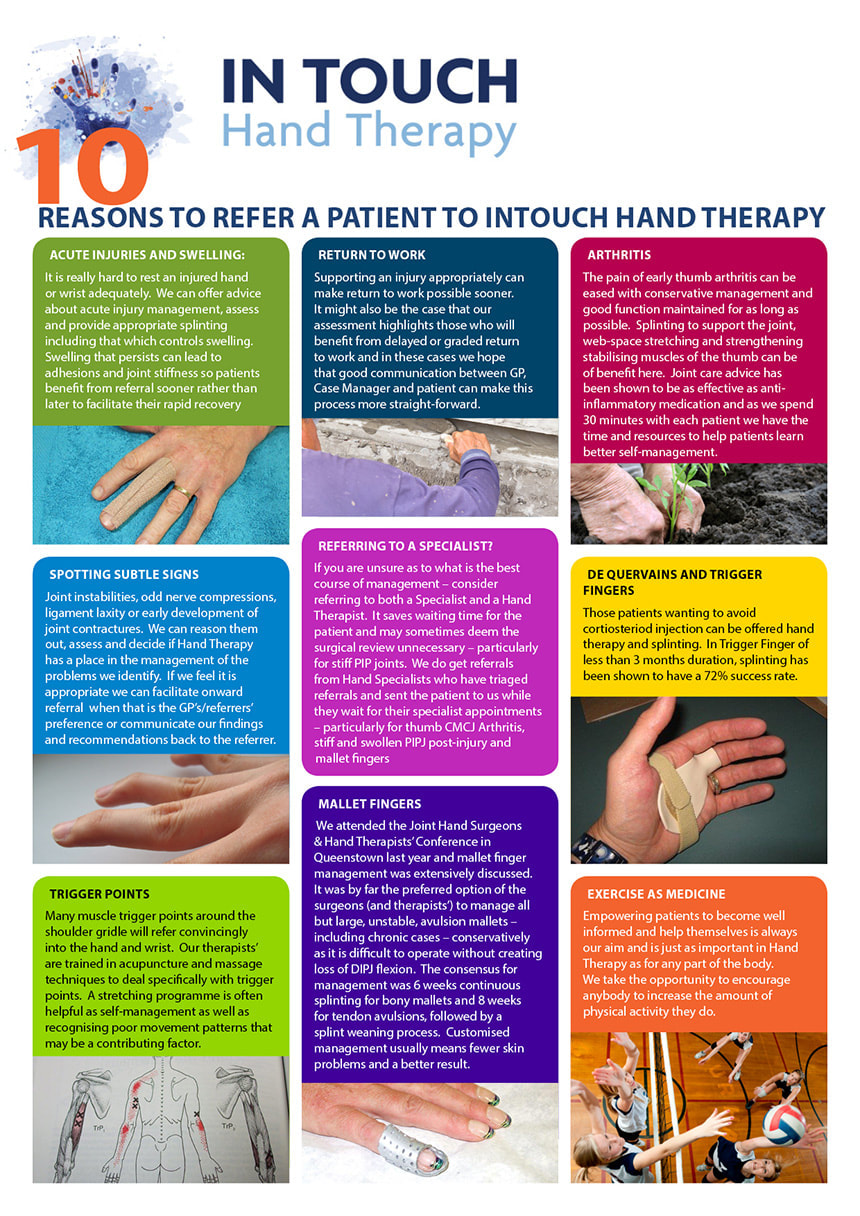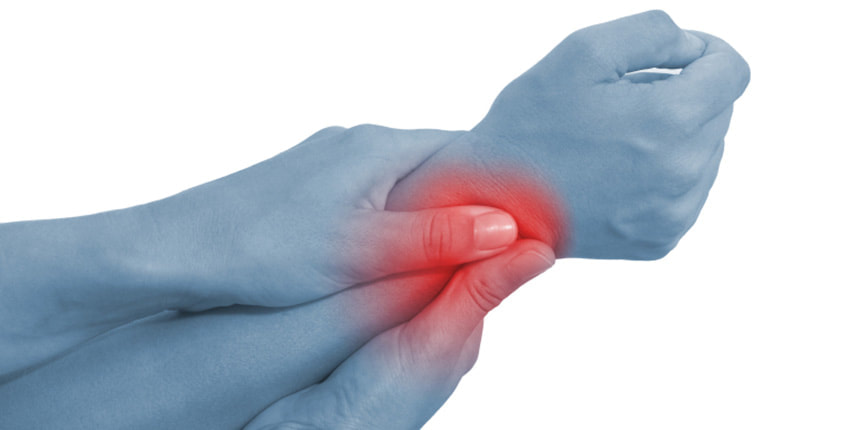|
Phantom limb pain (PLP) affects a significant number of patients (50 – 85%) following amputation. A degree of non-painful residual tingling or squeezing is described as a phantom sensation, in contrast to phantom limb pain when the missing part becomes painful, cramping or being altered in size or shape.
SPECT CT combines nuclear medical imaging (such as bone scans) with CT and gives a colourful image representing tissue metabolism. Problem areas are identified as anatomically precise ‘hot spots’.
Delivering hand therapy via Telehealth has been a refreshing new “norm” for us and our patients during the lockdown period. Despite the many ceilings, internet crashes and “can you please close the curtain behind you” prompts, it has brought with it many new positives:
Although rare – Anterior Interosseous Nerve (or Kiloh-Nevin) Syndrome is said to make up less than 1 % of all upper limb neuropathies - we have recently seen two cases of this condition in the clinic.
Devised by an American hand therapist, Julie Ann Howell working with the hand surgeon Wendell Merritt, a Relative Motion Splint is a small ingenious device which maintains the metacarpal phalangeal joint of the injured finger in either flexion or extension relative to the other digits. Due to the delicate muscular balance of the intrinsic muscles around this joint, when the MP joint is held flexed in relation to the other fingers it can facilitate active PIP extension in cases of central slip injury, PIP extensor lag or small flexion contractures. Alternatively, when the MP is held in extension relative to the other fingers , the splint will allow PIP flexion whilst protecting healing extensor tendon structures post repair.
|
|
© 2021 IN TOUCH Hand Therapy – Wigram, Ashburton, Papanui, Rolleston. Ph 03 349 3388, info@intouchhandtherapy.co.nz
The specialists in hand therapy in Christchurch, Selwyn and the Ashburton district. |

